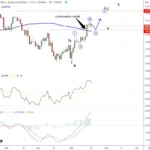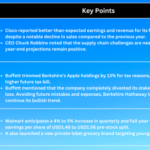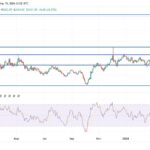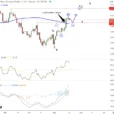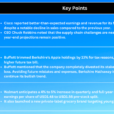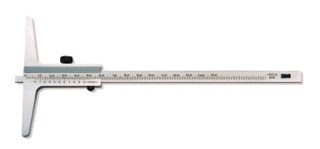
The Bank of Japan is engaged in the most aggressive asset purchases, and yet it has largely failed to lift inflation. National consumer prices for June will be reported at the end of this week. The headline rate is expected to fall to 0.3% year-over-year from 0.5% in May. This would be the smallest increase since June 2013.

The BOJ’s targeted measure excludes fresh food. This CPI measure is expected to fall to zero from 0.1%. It would be the lowest since May 2013. BOJ officials seem to have played down the policy implications of such low figures, anticipating a recovery in CPI later this year. Yet, it news forecasts suggest the 2.0% target is likely to be met in the medium term. This has reinforced expectations in some quarters that the BOJ will expand its asset purchases at the start of the second half of the fiscal year that begins in October.
We detect a potential shift in the BOJ’s stance. We have often suggested to officials that they ought to consider adopting the Fed’s preference to target prices excluding both food and energy. The argument in the US is that the historical record shows that headline inflation moves toward core inflation and not the other way around.
It is not that food and energy are not prices that households must pay, but rather than they are noisy, and Fed officials want to focus on the price signal. The same appears to hold for Japan. Over the past forty years, spikes in headline inflation, both on the upside and downside, have not been sustained, and headline prices returned to the core rate.
The BOJ published several alternative measures of inflation this month’s report on Recent Economic and Financial Developments, including CPI, excluding all food and energy. It had not including this in its month report previously. In addition, it also reported a diffusion index showing the ratio items with increasing and decreasing prices.
The BOJ is trying to distinguish the noise from the signal as well. The key take away is that many of the alternative measures point to a better price profile that the BOJ’s preferred measure. It may lie behind BOJ Governor Kuroda’s claim that CPI will accelerate “at a rapid pace” later this year. Of course, many central banks anticipate a jump in inflation when H2 15’s sharp drop in oil prices drop out of the year-over-year comparisons. In addition, reports suggest that the BOJ is lobbying to change the housing cost estimate within CPI. Rents fell 0.3% in May from a year ago.



